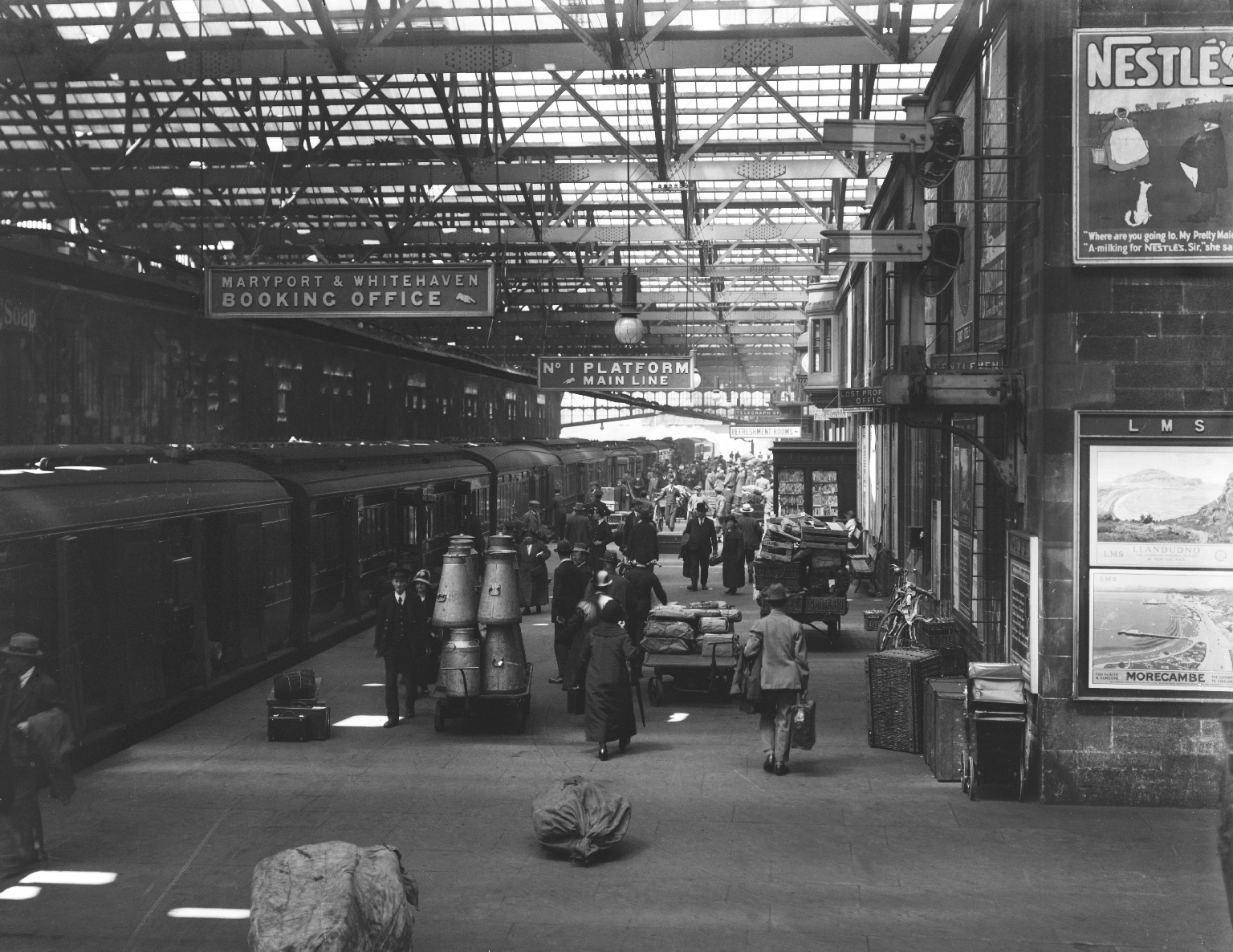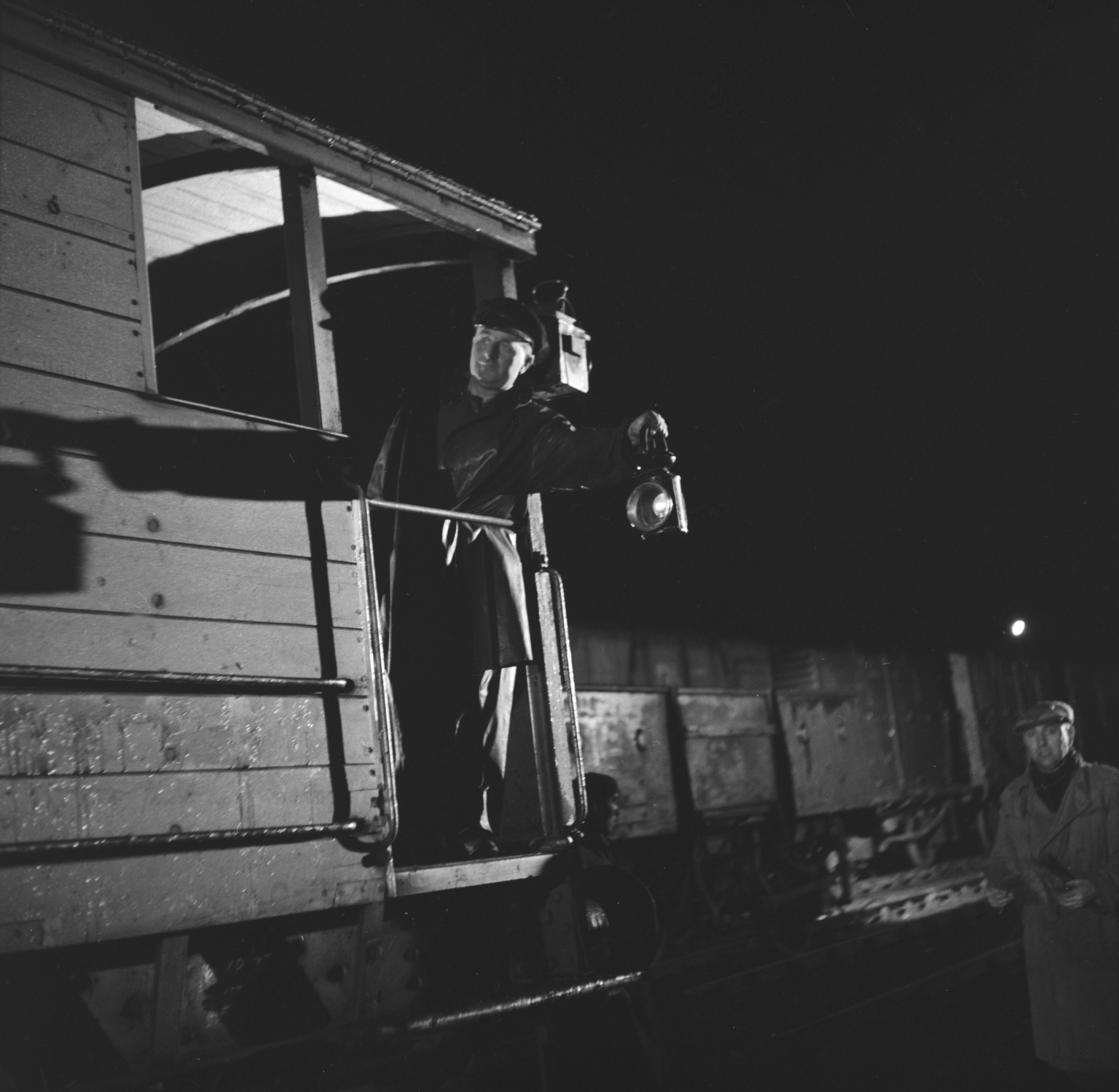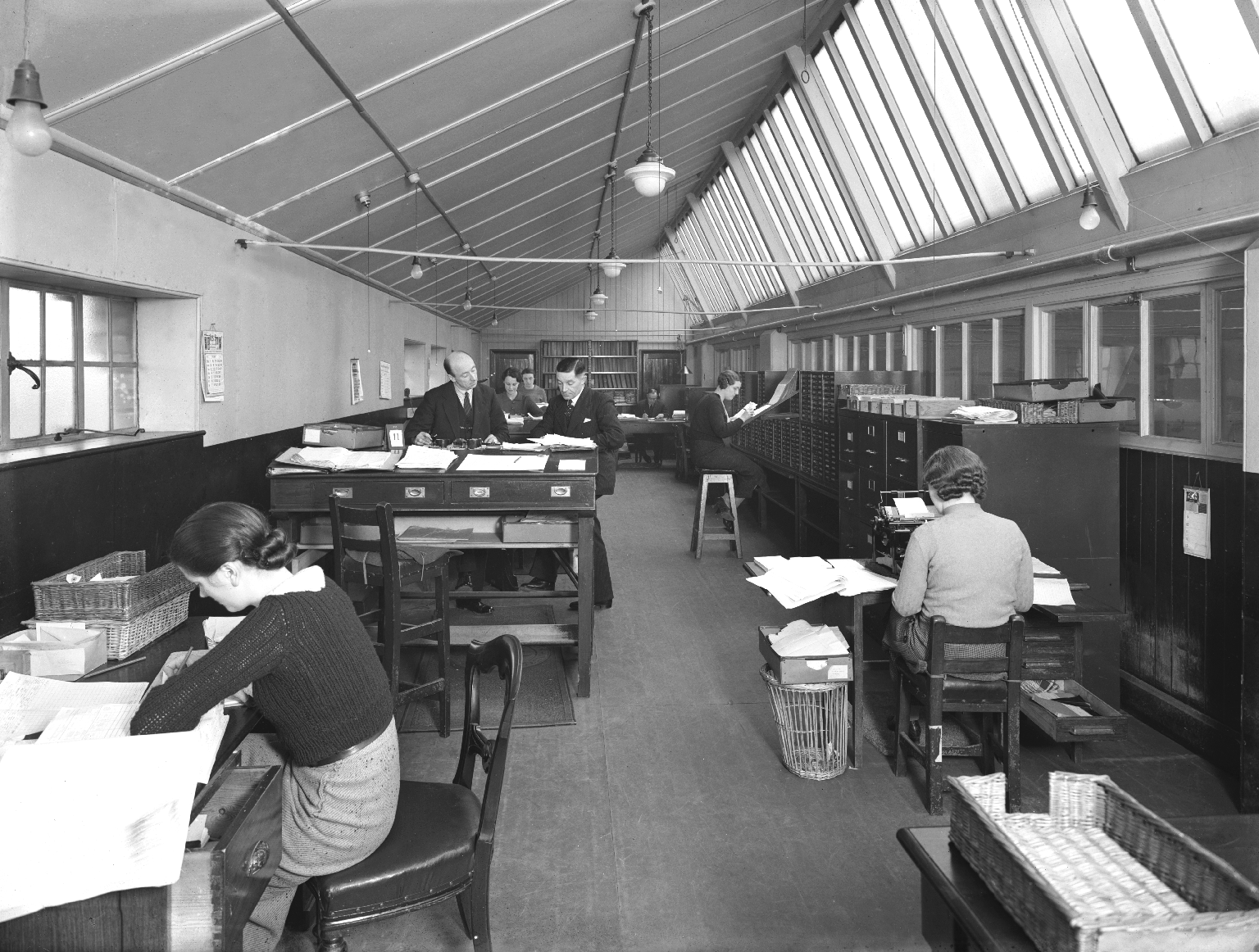In its working life, Station Hall was the Sundries Goods Depot for York. To reflect that history, we’ve created a goods depot area in Station Hall. When it’s finished, this will tell the story of goods moving in and out of stations, and being transported by rail.
I’ve been using our NAROH (National Archive of Railway Oral History) collection to find out about the experiences of goods workers. These personal stories will help us bring the goods depot to life. I’ve selected a few to share with you.

Milk traffic grew rapidly in the first half of the 20th century. Milk was usually transported from the countryside in churns and travelled in special ventilated vans on express passenger or goods trains.
In the very early days the milk churns were unloaded at King’s Cross Depot. How anybody ever slept in the houses that were adjoining the station I will never know, because all night long these churns of milk would be clanging and banging. That went on all through the night, so that was a very noisy depot.

The guard, responsible for overall safety, usually sat at the rear of the train.
If you finished at dinner time you nearly always went for a pint with your driver to ‘slack the dust’ as they called it. When you were in the pub, all you talked about was the railway: what sort of trip you’d had and where you’d been that day.

A large team of clerks administrated the movement of goods in and out of the depot. Most clerks were male. Some women were employed in clerical roles, but were usually dismissed when they married.
When I started work there were already four women in the office. We had no toilet facilities. Luckily our Chief Clerk was a very kind man. He looked after us the best he could. So we were each given a key to the toilets in the ladies waiting room on the passenger station.
In those days there were no such things as calculators, computers had never even been thought of, and so everything was done by hand. It could be a challenging job, but the office staff treated me well, and I met some very nice men. One chap used to bring in strawberries from his garden for all the staff.

Flowers, packed in paper-lined boxes, were delivered to local stations by cart, and later on lorries. They were rapidly transported into towns and cities, often within a day.
We’d have parcel vans labelled up for the major flower markets all over the country. They’d mostly arrive into the depot on an industrial scale in trailers full of boxes of flowers. But you’d also have a man bringing two boxes on his bicycle. Many railway staff grew flowers such as daffodils in little plots beside the railway line for a bit of extra money.
I hope you’ve enjoyed this insight into the experiences of goods workers. If it’s inspired you to tell us your station story, visit our Station Stories page.
You can find a full list of goods vehicles in Station Hall here.
That should read “onto a train at Carlisle CITADEL”